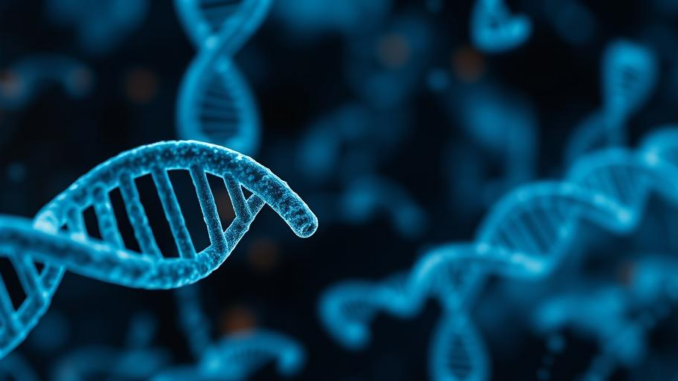
Summary
Scientists identified the Shisa7 gene as a key driver in heroin addiction, potentially paving the way for new treatments. This discovery offers valuable insights into the neurobiological mechanisms of addiction. The research also highlights the importance of the orbitofrontal cortex in addiction.
** Main Story**
Heroin addiction… it’s a crisis. A devastating one that snatches away hundreds of thousands of lives each year across the globe. And you know, the search for truly effective treatments? It’s pushed researchers down some pretty complex paths, right into the heart of how addiction works on a neurobiological level.
Then, along comes this recent study – pretty groundbreaking, I’d say – pinpointing the Shisa7 gene as a major player in heroin addiction. Honestly, it could completely change how we understand and, more importantly, how we treat this awful disease.
Unraveling the Role of Shisa7
So, how’d they find this out? Well, scientists used some seriously advanced machine learning to dig into the molecular makeup of the orbitofrontal cortex. Think of that area as the brain’s decision-making center and impulse control hub. The machine learning was able to analyse distinct patterns in individuals with heroin addiction.
And guess what popped up? The Shisa7 gene. It was the biggest predictor of addiction-related patterns. Seriously?
Honestly, it’s a pivotal moment. Shisa7 wasn’t even on our radar before. Dr. Yasmin L. Hurd, who led the research, showed that messing with Shisa7 gene expression in the orbitofrontal cortex directly changed heroin-seeking behavior in, okay, it was rodent models. Still. It’s huge. Plus, tweaking the gene impacted cognitive flexibility, which you probably already know is often damaged by addiction. It’s a game changer, I think.
Implications for Treatment
The really cool part about all of this is, the moment we can say Shisa7 is vital, it opens doors to new therapies. It means researchers might be able to create treatments that target the neurobiological roots of addiction at a genetic level. Think about the outcomes and lower relapse rates? That’s the hope.
The study also just underscores how vital the orbitofrontal cortex is and the way genes and behavior dance together, its complicated, right? This discovery? Yeah, it could just reshape addiction treatment entirely. Maybe there’s a real light at the end of the tunnel for those affected by this.
Recovery Programs and Support for Addicts
That said, even with gene-targeted therapies on the horizon, you know, there are already programs out there making a huge difference in people’s lives today. It’s not just about the science, it’s about the support.
Here’s a quick rundown:
-
Addiction Recovery Programs (ARP): These give you a full package. Counseling, therapy, even medication-assisted treatment. It’s all tailored to help you tackle addiction from all angles. Just remember eligibility and services can vary depending on where you are and your specific needs. Take Tennessee, for example. They offer ARPs to residents with substance use disorders, covering loads of recovery aspects.
-
Inpatient and Outpatient Treatment: Inpatient is like an immersive experience – intensive care in a residential setting. Outpatient? More flexible, you can live at home while going to therapy. It’s all about finding the right fit.
-
Medication-Assisted Treatment (MAT): This is where meds and therapy team up. Things like methadone, buprenorphine, naltrexone. They can seriously cut down on cravings and withdrawal. Missouri has a good example: their CSTAR Opioid program offers MAT for heroin and other opiate addictions.
-
Recovery Support Groups: Think Narcotics Anonymous (NA). Places to share experiences, encouragement, connections. You can even find support online for parents, like the Center for Addiction.
-
Aftercare and Continuing Care: You get through the initial treatment, but aftercare keeps you on track. Therapy, sober living, alumni programs… it’s about maintaining sobriety and preventing a relapse.
Fighting heroin addiction? It needs everything. Science, support, the whole nine yards. This Shisa7 gene discovery? It’s a major step forward. But those recovery programs? They’re essential. They offer help right now to those who need it most. As of March 31, 2025, these programs and services represent the most current options available. And honestly, that’s something to celebrate. And to think about how we can further these options for the future.


Be the first to comment